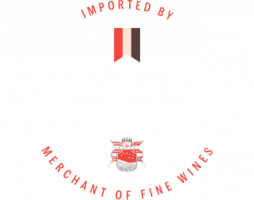2021
Harvest
2021
Harvest
Emilia Romagna
Quantity: -15% compared to the 2020 harvest
After a normal winter phase, average temperatures above average are recorded in March. In the first days of April, cold temperatures arrived especially at night which, in addition to having caused damage from the cold to some vines (Lambrusco Grasparossa in the Modena foothills and the vineyards of the valley floor), delayed the vegetation for about 10 days. Overall, despite the frosts (which damaged above all Chardonnay, Pinot Blanc and sometimes even Trebbiano), there is a good number of bunches, which however are smaller than usual and more sparse. The berries are also smaller than average and the skins quite thick and not very elastic. Except for the Lambrusco Salamino, which instead had an optimal development. The situation was good for Sauvignon and Merlot, which had regular germination, post cold, and good fruit set. The germination of Pignoletto is good, but in some cases it has undergone dripping phenomena (perhaps -5%). Sangiovese promised quite well, but in the second half of August it lost at least 5/10% and, if the rainfall does not arrive, there is a risk of qualitative damage where irrigation is not present. The good weather has in fact continued too long and the vines have had to face a long phase of water stress, particularly in the hilly vineyards or further away from the Po river. Now the grapes and vines are in excellent health in the flat areas, although attention must be paid to excess irrigation, to avoid rot, while water stress is visible on the Piacentini and Rimini hills.
A certain daily temperature range was maintained, which favored a good aromatic ripening, which is definitely noticeable in the early vines: Chardonnay, Sauvignon, Moscato and aromatic Malvasia.



